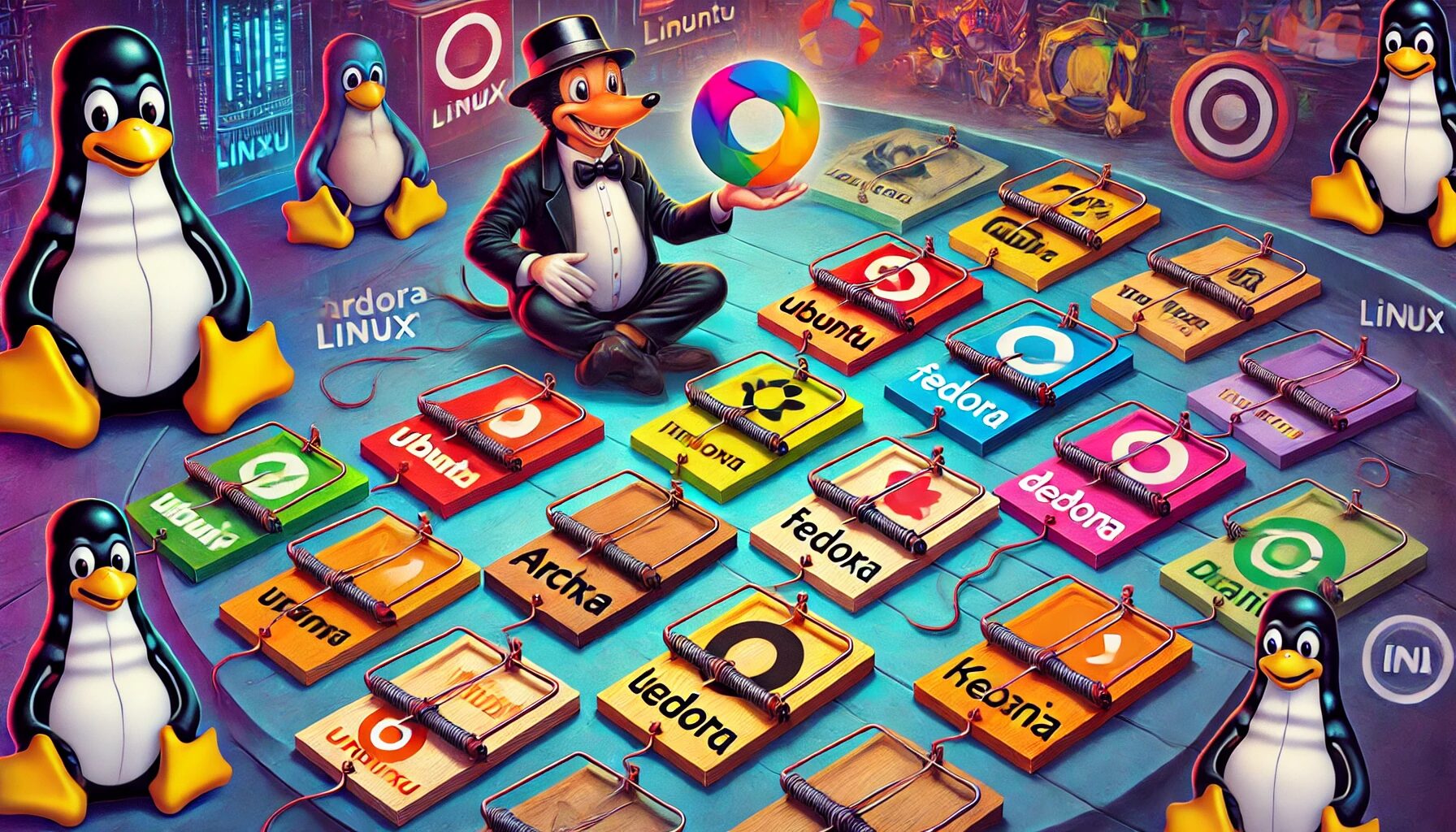Ah, Linux distributions. You know the drill. You’re halfway through downloading one distro, and before you know it, a new one pops up, promising to be “the ultimate Linux experience.” With over 600 active distributions out there, you start to wonder if the Linux community has more distros than sense.
Why So Many Distros?
Let’s face it: Linux users are a quirky bunch. We cherish freedom, customization, and the sheer joy of tinkering. That’s why there are distributions for every imaginable purpose. Want a distro optimized for old hardware? Try Puppy Linux. Need something for security testing? Kali Linux has got you covered. Fancy a Linux OS that looks like a classic Mac? Hello, Elementary OS!
The beauty of Linux lies in its open-source nature. Anyone can take the kernel, add their secret sauce, and voilà! A new distro is born. It’s like cooking — you might follow a recipe, but the dish is never quite the same. But are we overdoing it with the spices?
The Analysis Paralysis Problem
With the staggering number of choices, new Linux users often experience “analysis paralysis.” Instead of diving into the wonderful world of open source, they freeze, overwhelmed by the sheer number of options. According to a 2021 survey by the Linux Foundation, 46% of potential Linux adopters cited the “overwhelming number of distributions” as a significant barrier to entry【Linux Foundation 2021 Survey】. This leads to a paradox: more choice can sometimes mean less adoption.
To Consolidate or Not to Consolidate?
So, should we consolidate and standardize Linux distributions? It sounds practical, but it would be like asking chefs around the world to agree on a single best pizza recipe. In other words, it’s impossible. Moreover, it’s against the very essence of Linux. The diversity in distributions reflects the freedom and innovation at the core of the Linux philosophy. It’s this diversity that has driven Linux to dominate supercomputing (100% of the top 500 supercomputers run on Linux)【Top500 Supercomputers】 and carve out significant shares in servers, embedded systems, and even desktops.
The Perfect Mouse Trap
The question of whether we’ve built the perfect distro is a bit like asking if we’ve built the perfect house. It depends on who’s asking and what they need. For some, Ubuntu is the perfect balance of usability and power. For others, Arch Linux’s “install it yourself” approach is nirvana. Fedora fans love being on the cutting edge, while Debian enthusiasts appreciate rock-solid stability. Each of these distros, and many others, serves different needs and preferences.
Conclusion
Do we need another Linux distribution? Probably not. But that won’t stop the passionate, innovative, and sometimes downright eccentric minds of the Linux community from creating them. And that’s a good thing. Each new distribution represents a fresh perspective, a new idea, and a potential innovation. It’s what keeps the ecosystem vibrant and evolving.
So, let’s embrace the chaos, celebrate the diversity, and remember that at its heart, Linux is about freedom. Freedom to choose, to create, and to build the perfect mouse trap — or 600 of them, just in case.
Sources:


